The Memory Keeper: Anusha Yadav's startup is founded on the power of the past
"I take photos because the moment is too short. And I have no memory." -Natasha Badhwar
“No matter what he or she does, or how long or short they live, everyone on this planet plays a central role in forming the history of the world,” is Anusha Yadav’s driving philosophy behind founding the Indian Memory Project, the world’s first and the most successful online photo archive. Since its inception in 2010, the Indian Memory Project has internationally radicalised the way personal histories, narratives, photographs and archives are re-discovered, explored, understood and presented to the world. Inspired by her success, countries like Japan, Estonia and Iran have launched similar ventures of their own in a bid to preserve and promote their indigenous legacies.
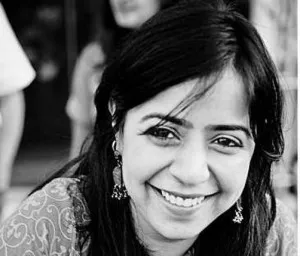
The archive now boasts of 136 pictures and a treasure trove of memories and stories. But these pictures do much more than invoke nostalgia. They tell of wars fought and won, lives lost and lived, individual triumphs and defeat and, above all, the truth. These pictures will tell you history like it really was, not the political biases and distortion that we read in history books. This truth is something we sorely need because, as she puts it, “If you don't understand your past, you won't understand your future. We can negotiate with the future far better if there is a sound understanding of the past.
All your entrepreneurial initiatives- be it the Indian Memory Project or the Memory Company- revolve around memories and the romanticism of the past. Why are memories so special to you?
I love the word. It encapsulates so much. It also gives me immense range to work within. And memories are special to everybody. It is a form of identity and a treasure trove of information. Memory is another word for experience.
I did not anticipate that it would become a part of my life in this way. Since taking up photography on my own, memories have become a mode of documentation. I do not get emotional about them. I know it is that for a lot of people, but my intention in starting the Indian Memory Project was not that. It was to use emotional experiences to document factual history, or the closest to it that it can come.
Growing up in Jaipur and being surrounded by the grandeur and historic charm of that city, isn't it impossible not to be swept away in the fantasy of the past? What grips me about history the most is the stories of the past, the lives people lead and the things they lost. How then is it possible to distance emotion from memories?
That is true. While growing up in a small town like Jaipur, I felt the options for my life were limited. So my imagination worked extra hard to make up for the lack of excitement. I harnessed that imagination through visuals- be it painting, illustrations, comic books, movies- as long as there was some visual element, I could find a context to connect with.
What ignited this passion?
We humans yearn to be part of something bigger than ourselves. A photograph was the starting point of a film for me. That film would run in my head, and I would become a part of that story. Photography gave me that space to be a part of anything.
My passion for photography fuelled when I was twelve and my father passed away. My way of reconnecting to a happier time was through photographs. My father was an amateur photographer and he would take a lot of pictures of us travelling through London, Scotland and America. I would ask my mother to narrate those stories to me over and over again. Thus from a very young age, photography and stories went hand in hand. Now that I am older, I am just as much fascinated by the power of stories.
The Indian Memory Project clicked into space when Facebook introduced its photo sharing feature for the first time?
It fell into place a year after that. Facebook's photo sharing feature saved me going door to door and individually begging and collecting pictures. Here I could ask people to upload what I needed online right away. I wanted to do a book on weddings because those pictures that everybody has. That time there was no phrase called, 'Crowd sourced.' It was simply 'People have it'. Everybody has pictures of weddings and I could compile an entire idea of Indian weddings: traditional, custom, ceremonies, how people dress, what they eat, etc. We, sort of, only know how weddings are done because Karan Johar tells us how weddings are done. There is an entire world of people getting married- the Shias, the Sunnis, the Tamilians, Malayalais, Bengalis, Kashmiris, etc- who have such unique and indigenous traditions and customs. I was interested in documenting those.
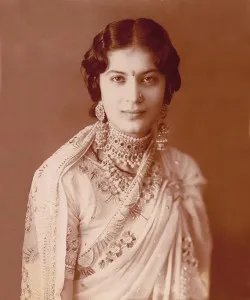
People were not too good at following the instructions. When they sent in the images, they wouldn't just write whose wedding it was. They would give the full story of who was my uncle, where was my uncle, what he liked to eat and all that. So I put together a book of all these pictures and stories for prospective publishers. That proposal got rejected. I went back to doing other things to earn my rent. But you know there's a nagging feeling that you're missing something, that there's something you are not looking at. I pored over that project for months. Finally in February 2010 lightning struck.
What importance does this kind of nostalgia ridden personal memory archive have in the context of mainstream historical knowledge?
History has always served the cause of politics. It was written to serve politics. But now with the internet, I don’t know how much such history can be censored anymore. What we learn in school is a very narrow dimension of what actually happened. Internationally there are now seminars and conferences happening about these personal memories and the kind of memories they unearth. There is great truth in the quote that in every crisis there is an opportunity. For example, if there had been no American Civil War and the Second World War, there would have been no textile mills in Mumbai.
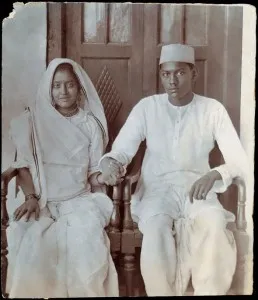
You are adamant about not running advertisements on the site?
These are not just personal memories of people but a history of India. And people's personal memories deserve just as much respect as does the history of the country. Sadly, no one has figured out how silent ads work. I will monetize them in other ways if I can, but advertisements are off the table.
To sustain The Indian Memory Project, we solicit funds and donations from people, though most times it does not come in. I have a patron who hosts the domain for the website. And the profits from The Memory Company will go back into supporting the project.
What is The Memory Company?
The Memory Company is a consultancy to build customized memory projects for corporates, communities, brands and people to document their own histories and pasts through various storytelling devices. Storytelling is the only way we can best learn history.
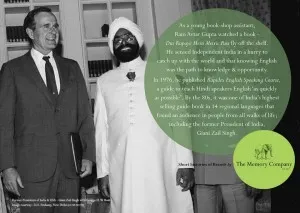
It is too soon to speak about some of the projects that I've been commissioned for. There are three in the pipeline which will get finalized by this month and then we can talk about that. But I am currently documenting the short histories of Indian brands because I want to build an awareness among companies to start documenting their own histories. Corporates are slowly waking up to the idea of how powerful a tool of leadership is history.
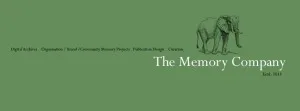
Any particular stories on the Indian Memory Project that are your personal favourites?
All the stories are close to my heart. Every time a new story comes in, it becomes my favourite. First I read it and fall in love with it. Then I want the whole world to read it.
But particularly fascinating is the tale of Jason Scott. It is a story of how families from two different continents found that they shared a common ancestor and then reconnected with each other.
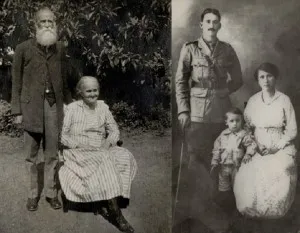
Then there is the story of the man who sold polka dots to the world during world war two. That was a fascinating epiphany about how there would have been no textile mills in Mumbai today of there had been no American Civil War and no World War two and how everything that transpires is history is such a butterfly effect.
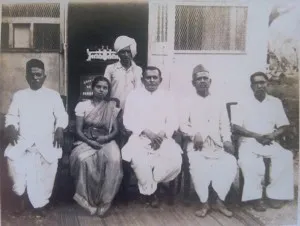
Other startling epiphanies occur when you realize what items become most crucial to people in times of crisis. For example when Bollywood lyricist Anand Bakshi’s family were fleeing their hometown overnight during the partition, they were told that each person could take one thing to carry with them. He carried a photograph of his late mother. His father yelled at him, saying that he should have carried something valuable. The little boy told him that money could be earned anytime. But his mother’s picture was priceless to him. I read that story and immediately recalled what Susan Sontag had written about soldiers of war not carrying home treasures but photographs. If Sontag were still alive, I would have found a way to get this story to her.
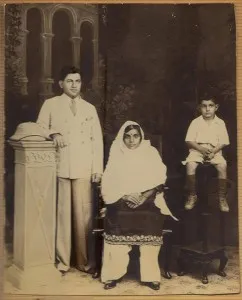
What new ideas are you working on?
At any given time I am working on a hundred ideas. But in the near future I am looking to introduce merchandise from The Memory Company; Interesting products, that people can use, that is informative and inspired by history.

Why do you think photographs evoke so much more raw emotion than paintings?
Because it is the only non-fictional evidence we have. Even if it is photo shopped, it is still non-fiction evidence that we think of as the truth.
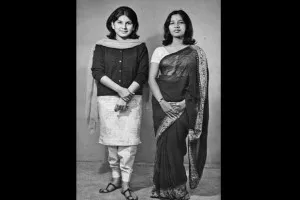
And this truth is central to our existence?
Yes. Imagine if you and I woke up one morning with amnesia. You'd have no sense of who you are, no identity, no idea what to do and no way of moving forward. It would take us a long time to start living again. We are secure in the knowledge of our past, that's what gives our life meaning and purpose.
Head over to the Indian Memory Project and discover the power of history for yourself




![[RAISE 2020] How two childhood friends are making knowledge accessible through a one-stop video localisation startup](https://images.yourstory.com/cs/2/e641e900925711e9926177f451727da9/Untitleddesign-1605526651387.png?mode=crop&crop=faces&ar=1%3A1&format=auto&w=1920&q=75)


